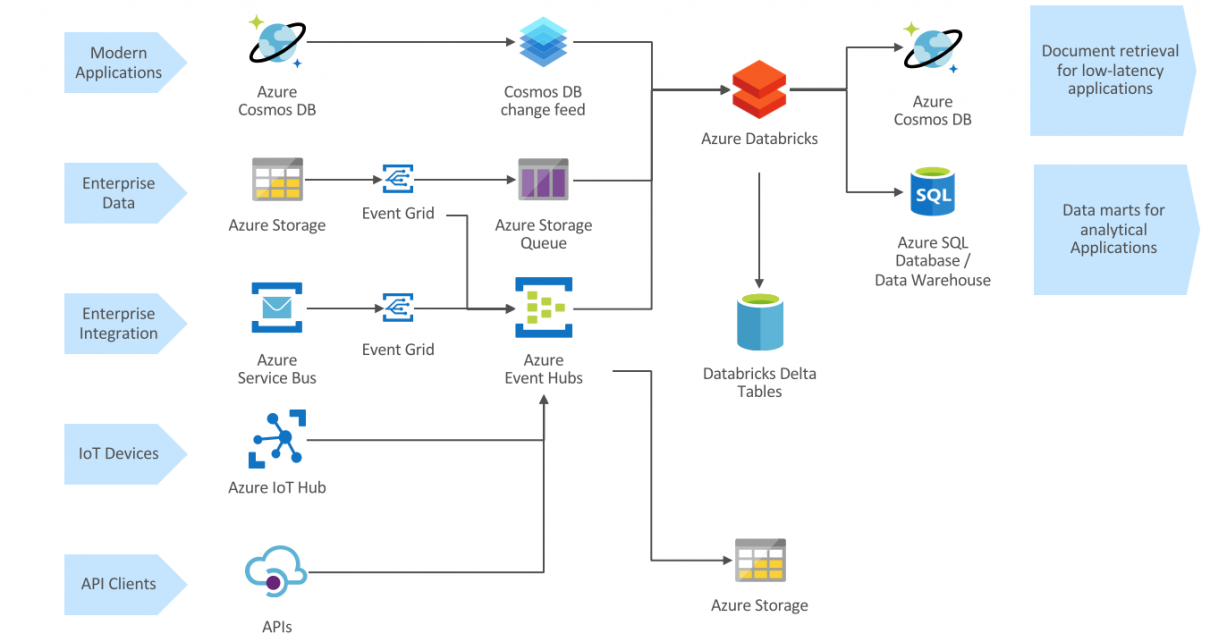Introduction to React Databricks
In the ever-evolving landscape of data analytics, React Databricks is emerging as a game-changer. For businesses looking to harness the power of big data and streamline their processes, this innovative platform offers unparalleled capabilities. But what exactly is React Databricks? How can it transform your approach to data analysis and visualization? Whether you’re a developer, a data scientist, or an organizational decision-maker, understanding who can benefit from React Databricks might just unlock new opportunities for your projects. Let’s dive into how this powerful tool works and explore its myriad advantages!
What is React Databricks and How Does it Work?
React Databricks is an integration that combines the power of React, a popular JavaScript library for building user interfaces, with Databricks, a cloud-based platform designed for big data processing and analytics. This synergy creates an environment where developers can efficiently build interactive web applications while leveraging advanced data engineering capabilities.
The working mechanism involves using React to create dynamic front-end components. These components interact seamlessly with Databricks’ back-end services. Developers can fetch real-time data from databases or run complex queries on large datasets without compromising performance.
By utilizing this combination, teams can deliver rich visualizations and responsive interfaces that enhance user engagement. The flexibility of React allows for rapid UI development, while Databricks provides robust tools for managing and analyzing massive amounts of information effortlessly.
Benefits of Using React Databricks
React Databricks streamlines the development process, making it easier for teams to build data-driven applications. With its combination of React’s flexibility and Databricks’ powerful data analytics, developers can create responsive and interactive user interfaces that effectively visualize large datasets.
One major advantage is enhanced collaboration among team members. Data engineers and front-end developers can work seamlessly together using a unified platform. This integration reduces miscommunication and accelerates project timelines.
Scalability stands out as another benefit. As projects grow in complexity, React Databricks allows for efficient handling of vast amounts of data without compromising performance.
Moreover, the rich ecosystem supports various tools and libraries that enhance functionality. Developers have access to resources like machine learning models or real-time dashboards, enabling them to deliver sophisticated solutions tailored to specific business needs.
Case Studies: Real-Life Examples of Companies Using React Databricks
Many companies have embraced React Databricks to enhance their data processing and visualization capabilities. For instance, a leading e-commerce platform integrated React Databricks to analyze customer behavior in real time. This approach allowed them to tailor marketing campaigns more effectively, resulting in increased engagement and sales.
Another notable example is a healthcare provider that utilized React Databricks for patient data analysis. By harnessing the power of big data, they improved patient outcomes through predictive analytics. Their team could identify trends and potential health risks before they became critical issues.
A financial services firm also turned to React Databricks for risk assessment modeling. With its ability to process vast datasets swiftly, the company achieved faster decision-making processes while maintaining compliance with regulatory standards.
These case studies illustrate how diverse industries leverage React Databricks to drive innovation and achieve tangible results.
How to Get Started with React Databricks
Getting started with React Databricks is a straightforward process. First, ensure you have a compatible development environment. Install Node.js and npm if you haven’t already.
Next, set up your Databricks workspace. This involves creating an account on the Databricks platform and launching an interactive cluster where you’ll run your data processing tasks.
Once your workspace is live, integrate it with React. You can use libraries like Axios to fetch data from APIs hosted in Databricks seamlessly. Start building components that visualize this data effectively within your app.
Familiarize yourself with the basics of both React and Spark SQL to maximize efficiency when querying datasets. Utilize online resources such as tutorials or community forums for troubleshooting tips and best practices along the way.
Experimentation is key—play around with different features and tools offered by Databricks to discover what fits best for your projects.
Limitations and Challenges of Using React Databricks
While React Databricks offers powerful capabilities, it’s not without its limitations. One challenge is the steep learning curve for those unfamiliar with either React or Databricks. New users might find themselves overwhelmed by the complexities involved.
Integration can also pose issues. Merging existing systems with React Databricks requires careful planning and execution to avoid potential data silos or compatibility problems.
Performance can fluctuate based on dataset size and processing requirements. Large datasets may slow down operations if not managed appropriately.
Another concern is cost. Depending on usage, expenses can escalate quickly as you scale your applications, which might deter smaller companies from adopting the platform.
Community support is still growing compared to more established frameworks. This means finding resources or solutions to specific problems can sometimes be challenging.
Conclusion:
React Databricks represents a powerful synergy between data analytics and modern front-end development. By leveraging its capabilities, teams can craft dynamic applications that harness the full potential of big data. The blend of React’s component-based architecture with Databricks’ robust analytics platform provides an efficient pathway for businesses seeking to drive insights from their data.
Understanding who can benefit from this technology is vital. From startups looking to scale rapidly with clean user interfaces to large enterprises needing real-time analytical tools, React Databricks offers versatile solutions across various industries.
As organizations increasingly prioritize data-driven decision-making, adopting tools like React Databricks will be crucial for staying competitive in today’s landscape. With numerous success stories illustrating its effectiveness, it’s clear that those willing to embrace this combination are likely to see significant advantages in efficiency and performance.
For developers eager to innovate and companies looking for cutting-edge solutions, further exploration into React Databricks could open new doors toward achieving their goals. Embracing these technologies not only enhances operational capabilities but also paves the way for future advancements in application development and data utilization strategies.
